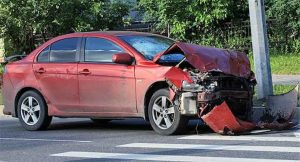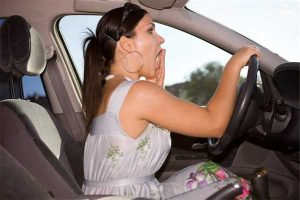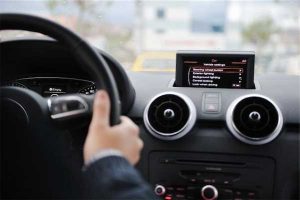Are You Using Your Child’s Car Seat Correctly?
 For decades now parents have understood that, when traveling by car, the best way to protect their young children from injury in the event of an accident was to make sure the children were properly secured in their car seats. But questions relating to the proper use of car seats still plaque parents and caregivers today: What type of car seat does my child need? Have I installed the car seat correctly? At what age should I turn the car seat around?
For decades now parents have understood that, when traveling by car, the best way to protect their young children from injury in the event of an accident was to make sure the children were properly secured in their car seats. But questions relating to the proper use of car seats still plaque parents and caregivers today: What type of car seat does my child need? Have I installed the car seat correctly? At what age should I turn the car seat around?
New Jersey is one of eight states to have laws stipulating that children under the age of two years be placed in rear-facing car seats. Studies have shown that these seats offer the most protection for very young children in front- and side-impact collisions. Now, a new study reveals this is true for rear-impact accidents as well. To learn more, read “Don’t turn around: . . .”
 New Jersey Injury Lawyers Blog
New Jersey Injury Lawyers Blog










